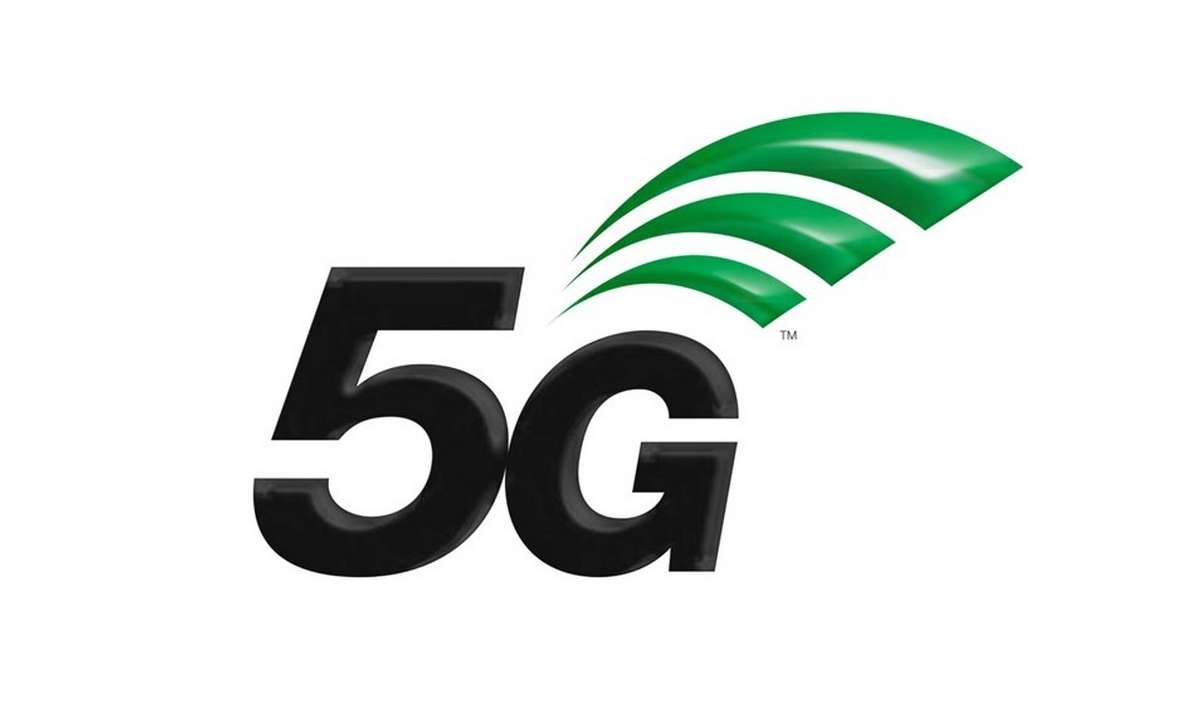Digital business excellence
5G Positioning Services

Definition of 5G Positioning Services
5G includes a new standard for services around the geographic position of objects, with significant improvements on accuracy and other performance parameters. The services are often called ‘positioning services’, in contrast to ‘location services’ used for earlier generations, however, the terms are often confused and used interchangeably.
The 3GPP REST API is available as OpenAPI specification, see TS 29.572. The API provides advanced positioning features including better accuracy, address mapping, velocity, vertical positioning and more.
Technology Evaluation
The following table compares 5G services with competing technologies. Besides the accuracy, main additional value propositions of 5G positioning services are indoor usage and the fact that the located device itself does not have to implement any location-specific technology itself. For example, if the device is a cellphone then the phone's GPS will be used as one element (among others) of identifying its position. In case of a simple IoT device, the position can also be determined by means of triangulation etc.
| GNSS/GPS | Bluetooth | 4G with e.g. Combain |
5G | |
|---|---|---|---|---|
| Accuracy | < 10 meter | 25-1000 meter | 0,1-15 meters | |
| Indoor | -- | + | + | + |
| Coverage | ++ Global | -- | + | + |
| UE Support required |
Yes | Yes | Yes | No |
| Service Cost | Free | Free | 0.001 - 0.004 € / req |
varies |
Location Services Comparison
The 3GPP API provides new features and by that enables new use cases, which have been outlined in various publications.
Market - Current Adoption
Telecommunication operators have failed to offer location APIs in the past. During 2005 to 2015, operators offered many APIs, but success and willingness to continue have decreased. Currently there is no tier 1 telco offering in the location space.
One reason for this is API fragmentation, as application software vendors would have to integrate with hundreds of telecommunications operators to achieve a global coverage. On top of that, the software developers are not primary customers of operators.
In the meantime, the competition has solved these problems and offered global location services. Example offerings include Combain, Here, OpenCellID and more. In contrast to the 3GPP positioning API, using these APIs requires cooperation from the IoT device: The IoT device must provide data about nearby cell towers to these services in order to calculate the location.
Market - Outlook
The 3GPP Positioning API would enable many new IoT use cases, as they are based on the ability to precisely locate a large number of IoT devices that do not have a location technology built in (such as containers, railway cars, etc.). Of course, the financial viability of these use cases depends on the cost of 5G built into the devices.
